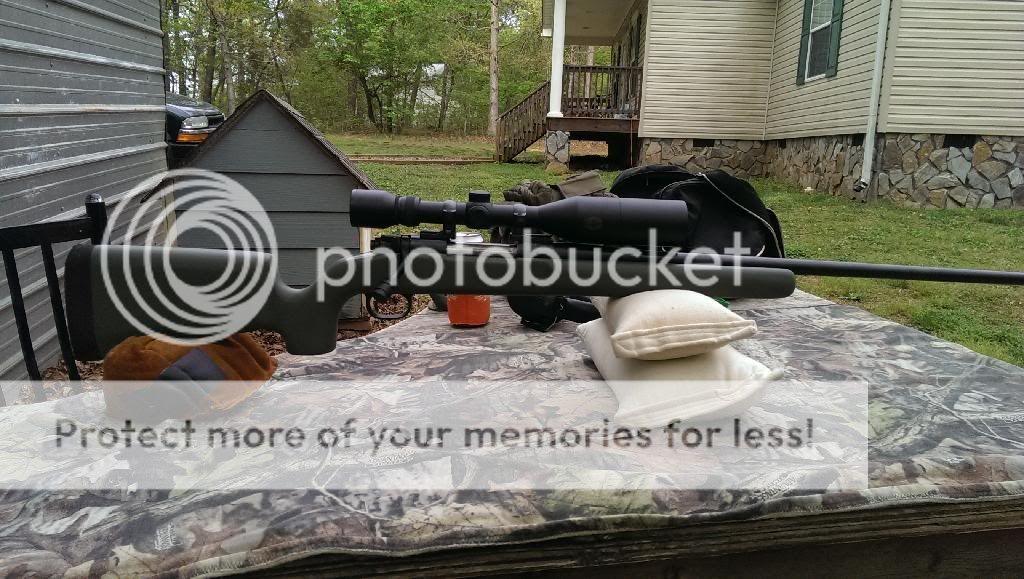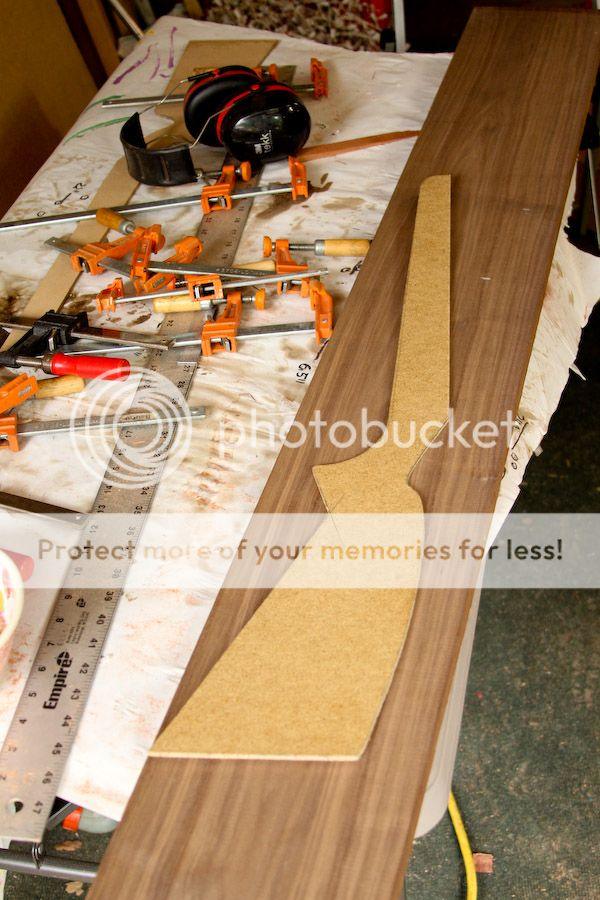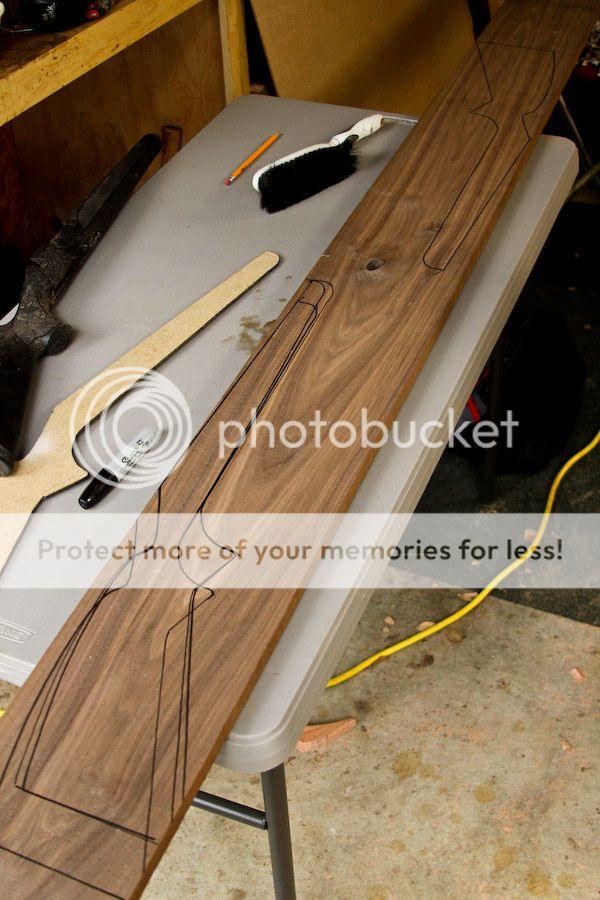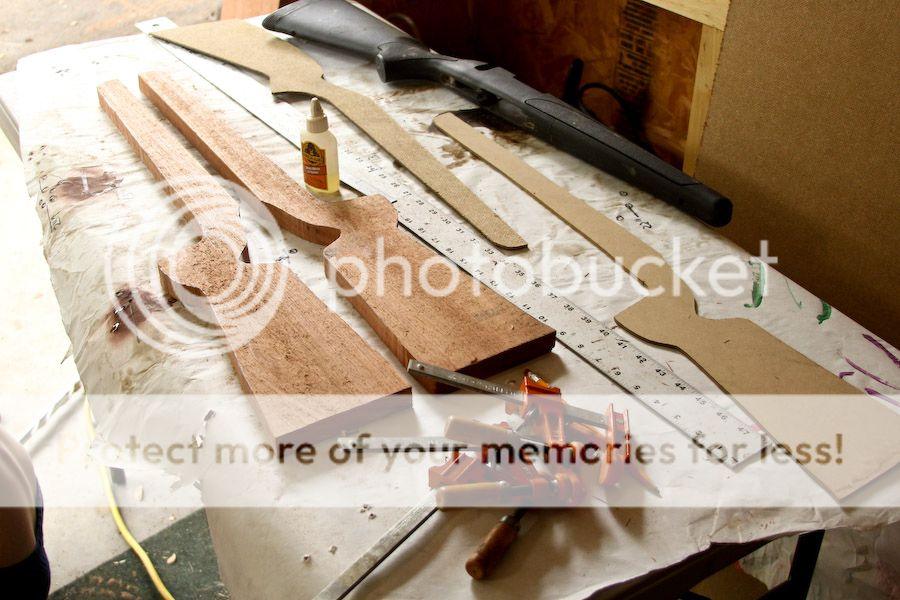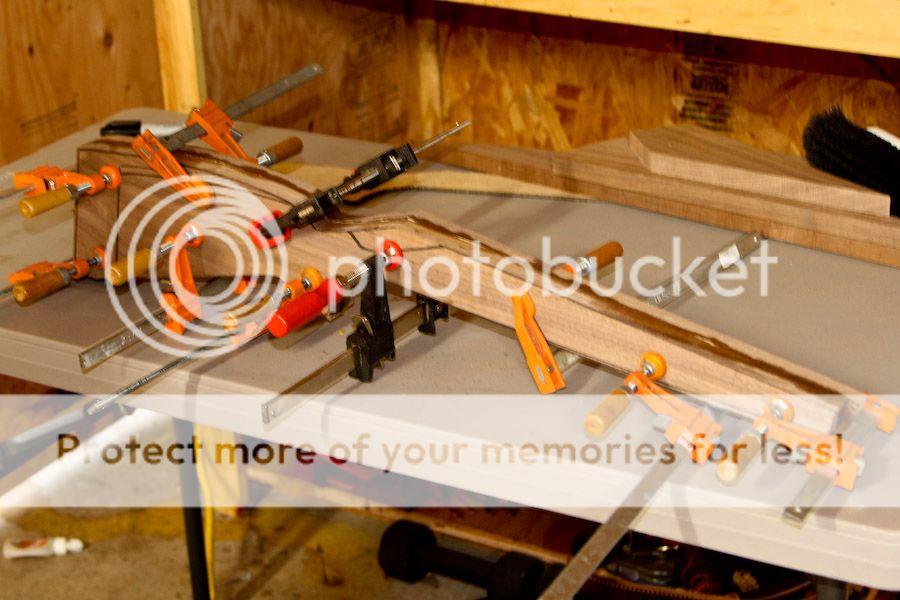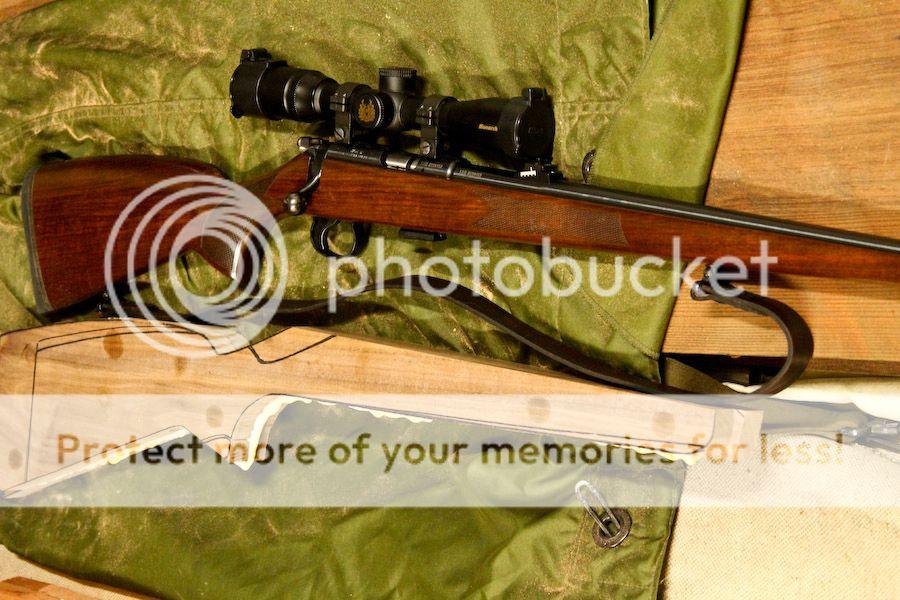I laminate no wood. For that matter I dread working todays laminates. They seem to be over dry (I haven't stabbed one lately with my moisture meter) and often don't cut cleanly with a chisel or gouge. On the other hand, the various English Walnuts cut cleanly and fill easily (compared to other Walnuts, Claro being the worst to fill, (IMO) when finishing. Black Cherry cuts cleanly too, and is very stable when properly dried. I've not worked Maple from the west coast, but I've used Red Maple from PA. (
www.tigerhunt.com). It may not cut like English but it fills and finishes easily. The blanks I've had are tight grained. Red Maple cuts (& scrapes) a lot like Black Walnut. Hard spots, softer spots, hard spots. You might check Goby Walnut for an English blank that's not too expensive, if you're worried about cost. I'd be thinking about rounding up a nice set of carving chisels and gouges, too. The "palm" sized tools aren't robust enough and turning tools (like used with a wood lathe) are too big and clumsy. Plan on spending some $$$$$. Cheap tools aren't worth it, they just remind you that you should have bought better. You won't find what you want at Ace. Most of my scrapers are home made. Those made by Jerry Fisher I've found useful, but not most of the other commercially made ones. A regular ol' wood rasp is too course so be keeping an eye out for a #49 Pattern Makers file. It's about half way between a course file and a rasp. For keeping grip and butt shape I make a 1/8" steel template that I screw to the butt after cutting to length and either use a steel grip cap or make a template there, too. You'll need a selection of double cut half round files and 'rat tails', too. You can round up a small fortune in tools and still discover that yet another would work 'just right' in 'this spot'. Got an idea of what action you'll be stocking? I had an instructor looking over my shoulder for the first one. After that, he just came along every now and then and slipped me a lot of points to make it go faster/easier. Takes determination to see one through from start to finish, but the satisfaction of the completed project is beyond compare! PS I watched fellow students use lower priced blanks, while in school, for fear of
&%#@-up a higher quality blank. I used the nicest I could afford at the time. If you're going to put in the amount of time it takes don't by a plain blank, buy a nice one!




